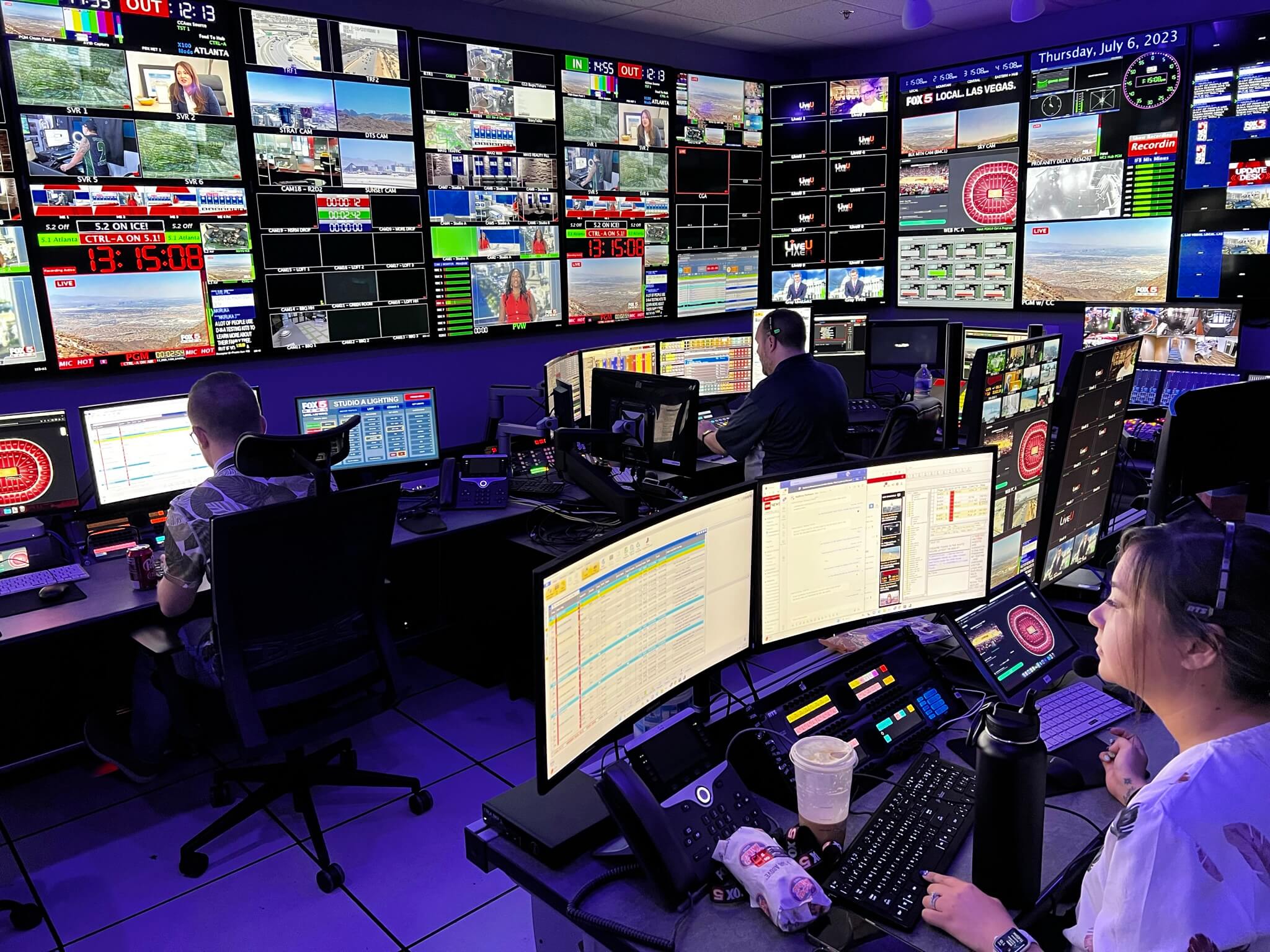Virtual reality (VR) is transforming the field of architecture by offering innovative tools for design, visualization, and client engagement. With the ability to immerse users in a three-dimensional environment, VR enables architects to present their designs in a way that traditional methods cannot. This article explores the impact of VR on architecture, its applications, benefits, challenges, and future potential.
Enhanced Design Visualization
Immersive Presentations: VR allows architects to present their designs in a fully immersive environment. Clients can walk through virtual spaces, experiencing the layout, scale, and aesthetics of a building before it is constructed. This level of visualization helps clients understand the design more intuitively than flat drawings or 3D renderings.
Real-Time Modifications: With VR, architects can make real-time adjustments to designs based on client feedback. As clients explore a virtual model, architects can modify elements such as materials, colors, and layouts on the fly, allowing for a more collaborative design process.
Site Contextualization: VR enables architects to visualize their designs about the surrounding environment. By creating virtual models that incorporate topography, existing structures, and landscape elements, architects can assess how their designs fit within the context of the site.
Applications of VR in Architecture
Design Review and Approval: VR facilitates design review meetings by providing stakeholders with an immersive experience of the project. This can lead to more informed discussions and quicker decision-making processes, as everyone involved can visualize the project in detail.
Client Engagement: Engaging clients in the design process is crucial for successful outcomes. VR allows clients to interact with their future spaces, fostering a deeper emotional connection and understanding of the design. This engagement can lead to higher client satisfaction and more accurate feedback.
Marketing and Sales: Architects and real estate developers can use VR to create compelling marketing presentations. Virtual walkthroughs of properties can be used in sales pitches, allowing potential buyers to experience homes and commercial spaces before they are built. This can be particularly valuable in attracting investors or buyers for pre-construction projects.
Training and Education: VR serves as a valuable tool for training architecture students and professionals. Through immersive simulations, learners can practice design principles, explore building techniques, and gain a better understanding of spatial relationships in a hands-on manner.
4 Benefits of VR in Architecture
- Improved Communication: VR enhances communication among architects, clients, and other stakeholders. The immersive nature of VR allows for clearer discussions about design elements and intentions, reducing misunderstandings and misinterpretations.
- Cost and Time Efficiency: By identifying design flaws or issues early in the process, VR can save time and costs associated with rework during construction. Early visualization helps ensure that projects stay on track and within budget.
- Enhanced Creativity: The ability to visualize designs in an immersive environment can inspire creativity. Architects can experiment with unconventional ideas and explore new design possibilities, ultimately leading to more innovative outcomes.
- Sustainability Considerations: VR can help architects assess the environmental impact of their designs. By simulating how buildings interact with natural light and airflow, architects can make more informed decisions about energy efficiency and sustainability.
The Future of VR in Architecture
The future of VR in architecture holds great promise, with ongoing advancements likely to enhance its applications:
- Integration with Other Technologies: VR is increasingly being integrated with other technologies, such as augmented reality (AR) and artificial intelligence (AI). This convergence can lead to more comprehensive design tools that enhance collaboration and visualization.
- Greater Accessibility: As VR technology continues to evolve, it is likely to become more affordable and user-friendly. This increased accessibility can enable a wider range of architects and clients to benefit from VR applications.
- Expanded Use Cases: Beyond residential and commercial projects, VR can be applied in urban planning, landscape architecture, and interior design. The versatility of VR will likely lead to its adoption across various fields within architecture.
- Sustainability and Efficiency: Future developments may focus on using VR to enhance sustainable design practices. By allowing architects to simulate energy performance and environmental impact, VR can contribute to more responsible and efficient design solutions.
Conclusion
Virtual reality is revolutionizing architecture by enhancing design visualization, improving communication, and engaging clients in innovative ways. While challenges remain, the potential benefits of VR in architecture are significant. As technology continues to advance, VR is set to play an increasingly important role in shaping the built environment and redefining how architects design and collaborate.



